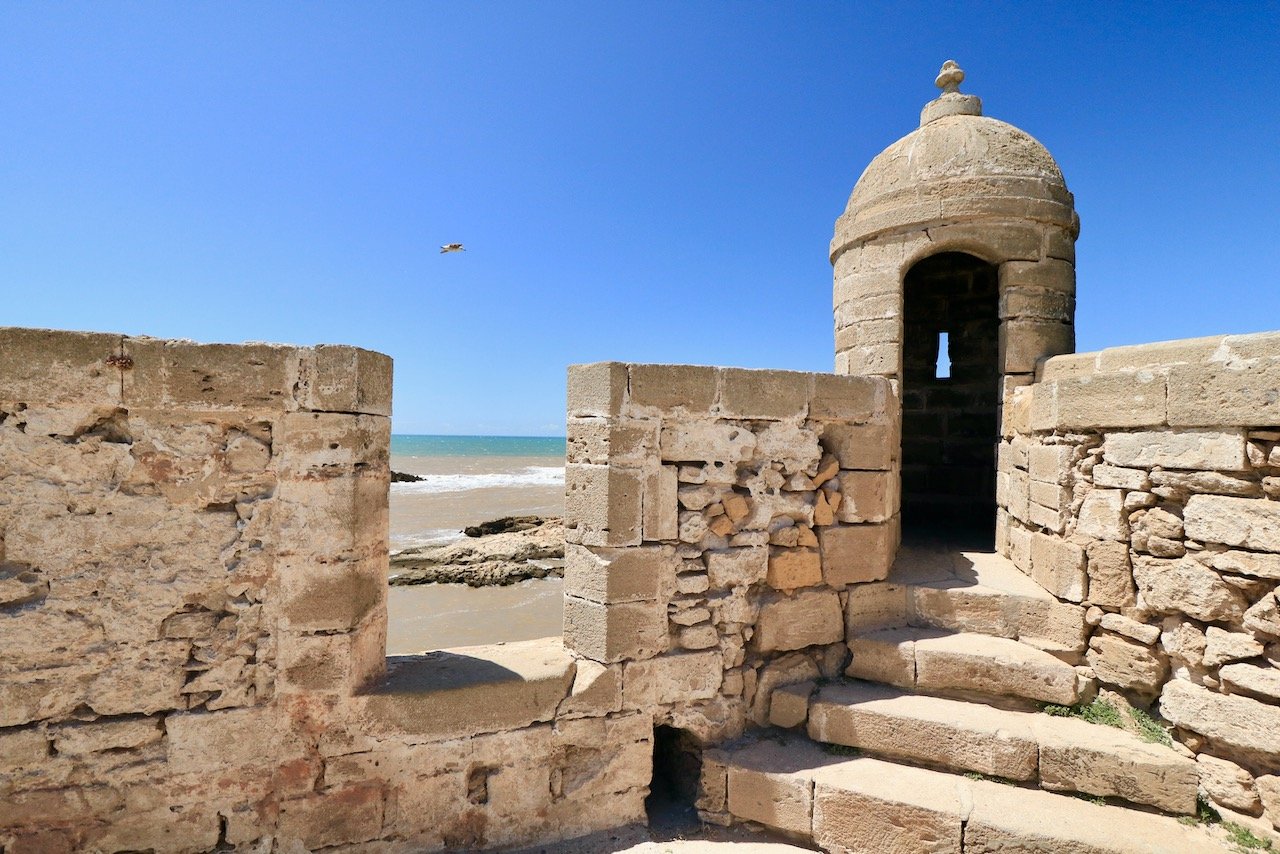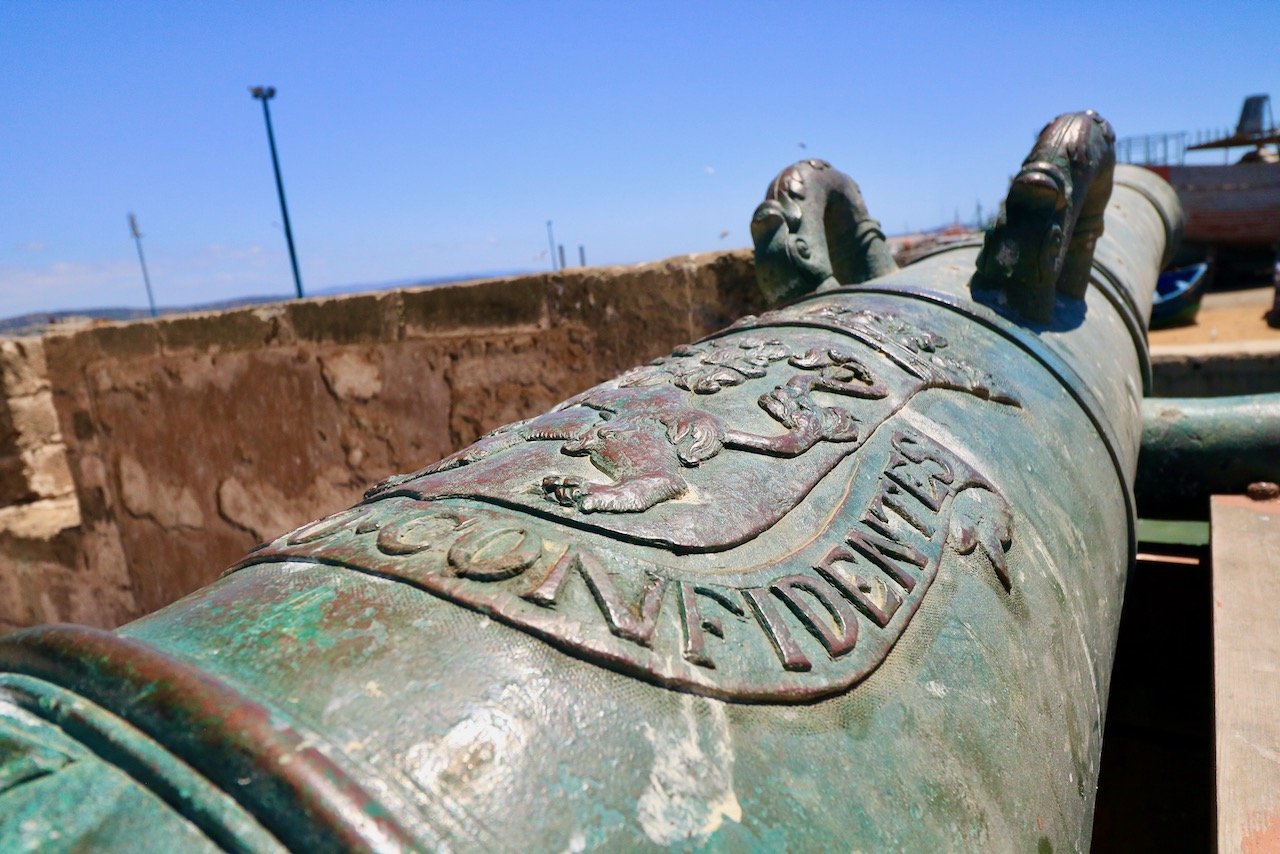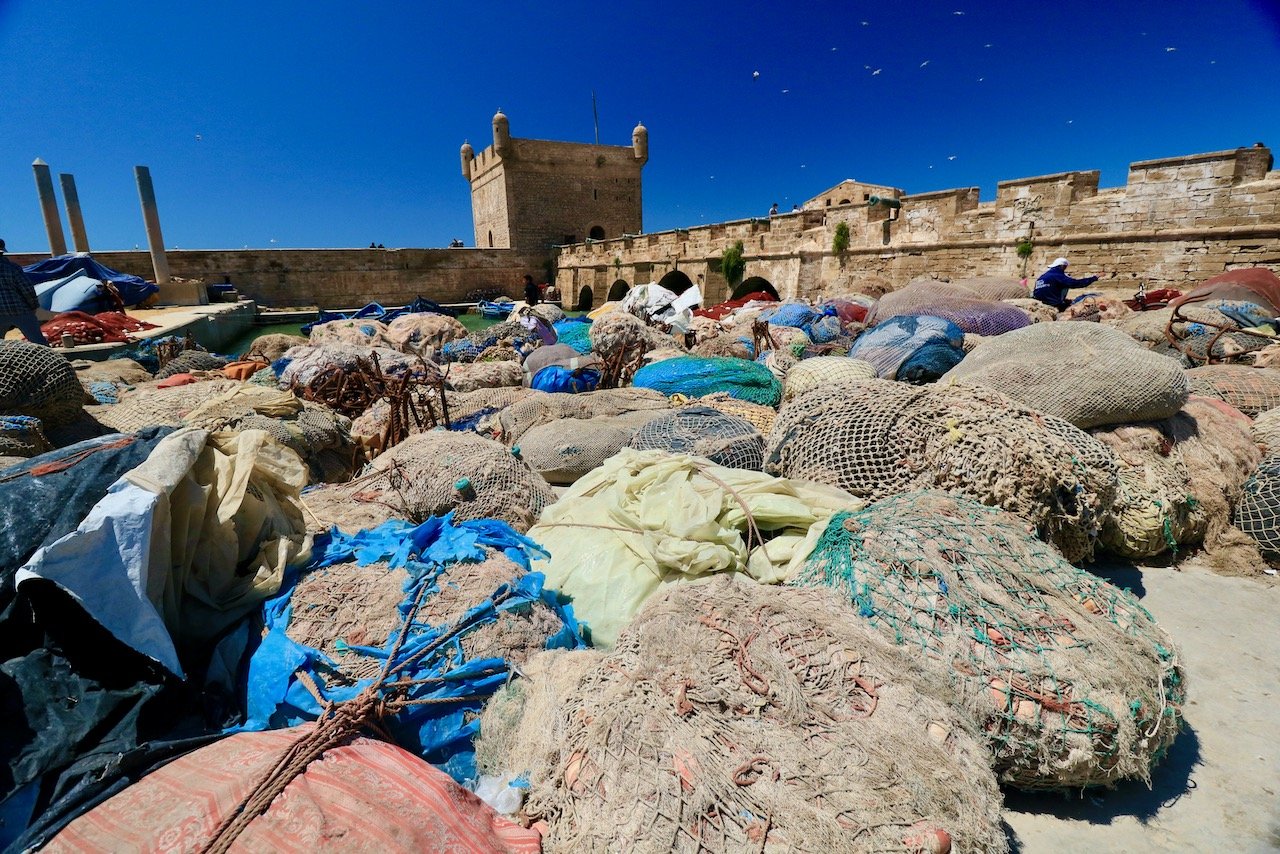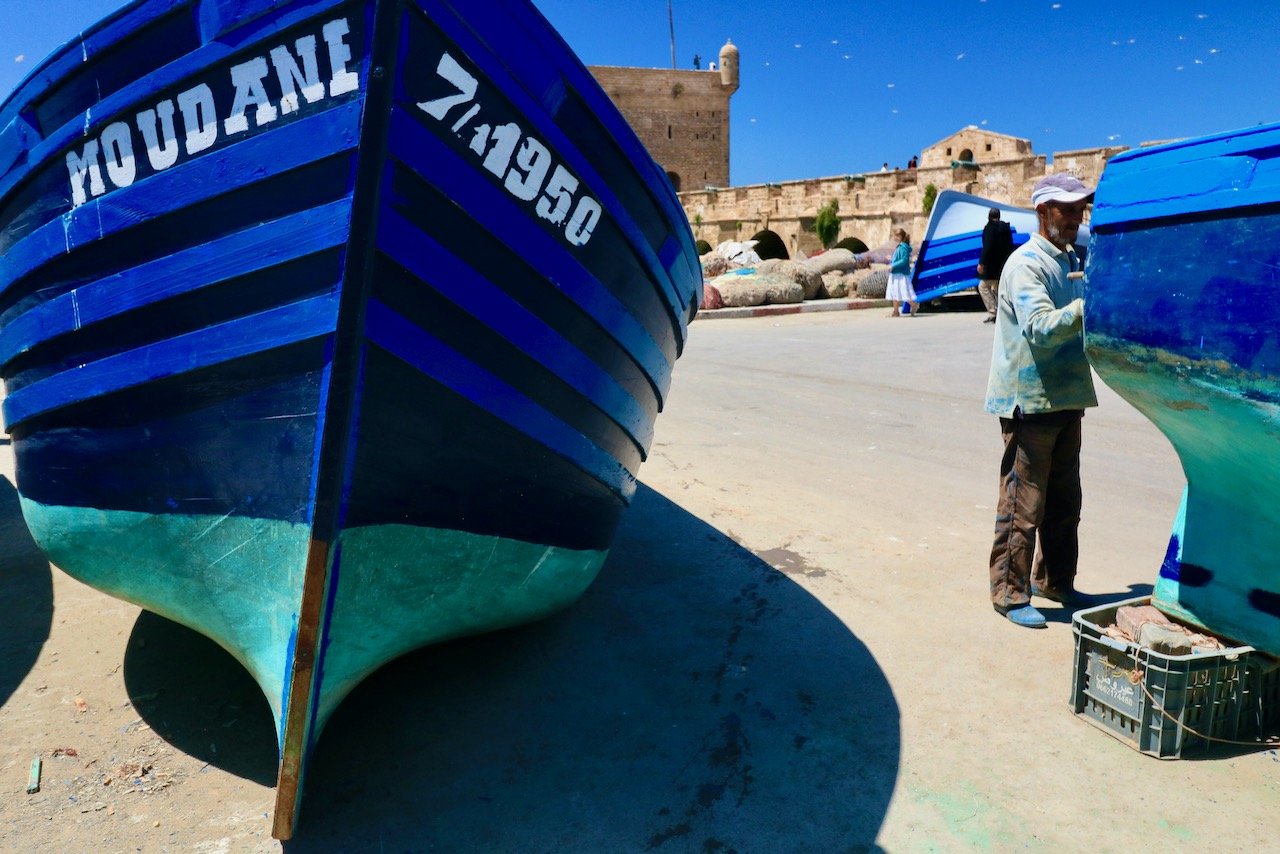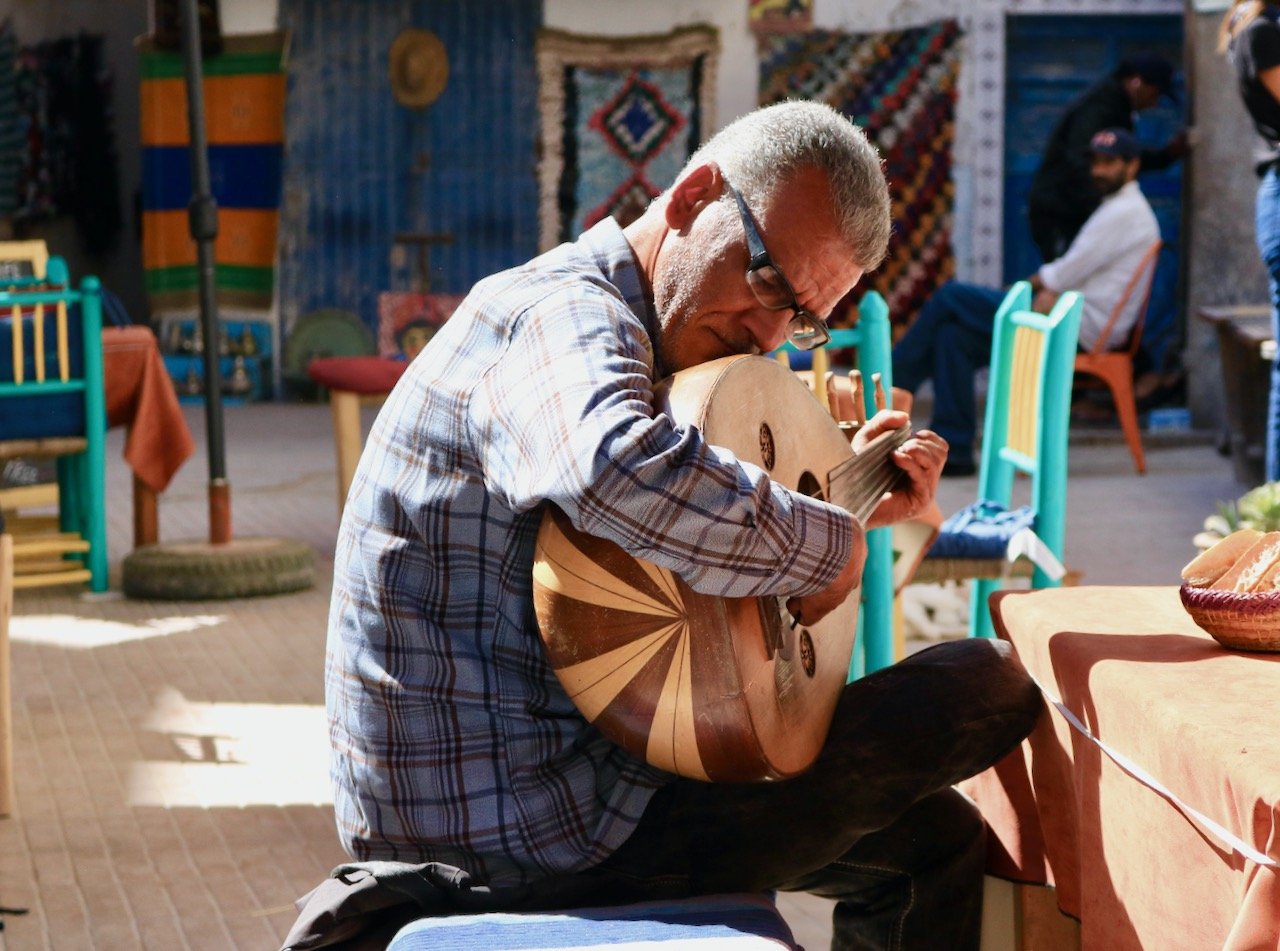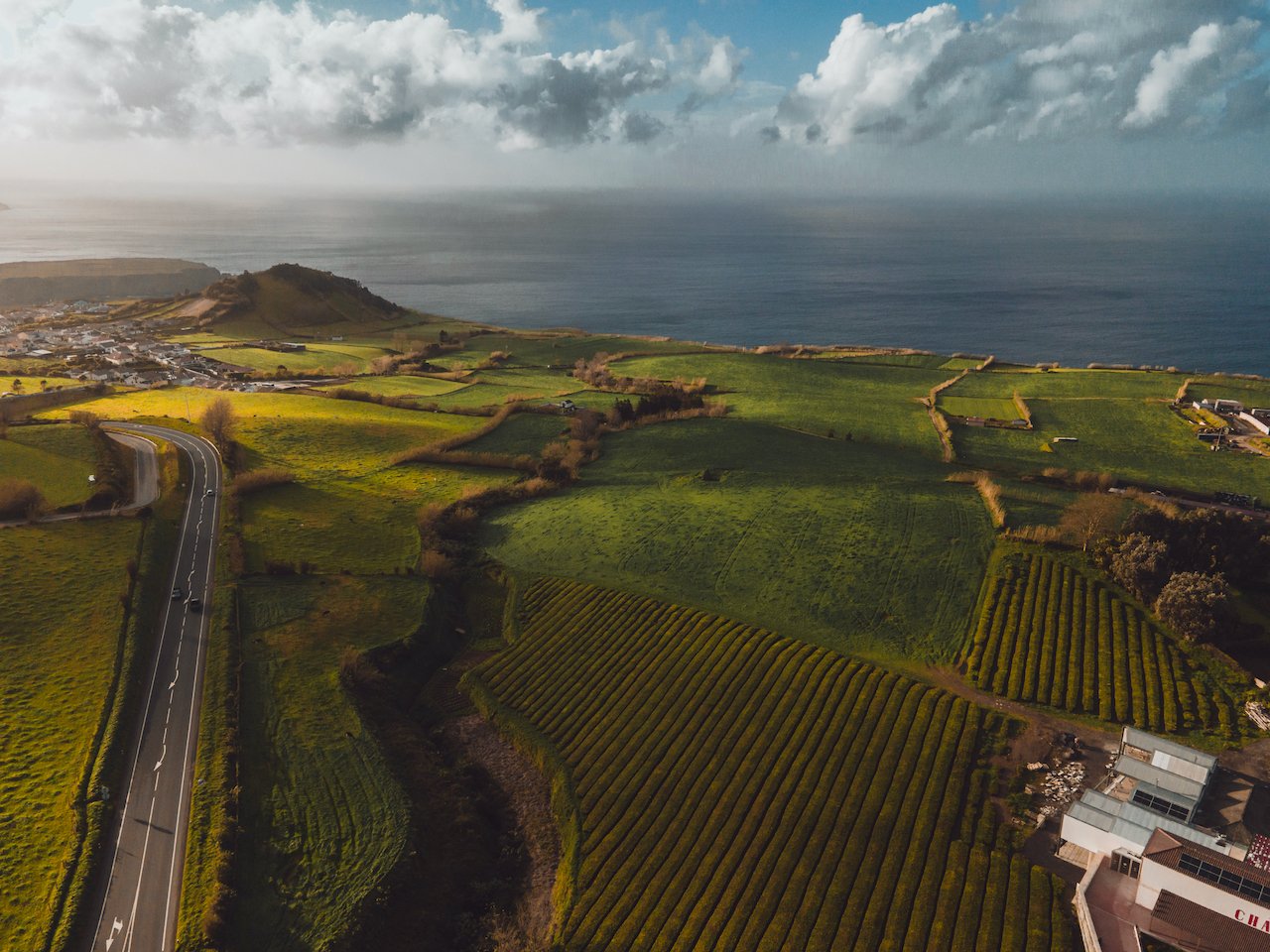About 200 km to the east of Marrakech lies the quaint coastal town of Essaouira. If you found Marrakech to be a bit busy and overwhelming at times, you will feel much more at ease in the confines of this city. Within the city walls are alleyways full of restaurants and cafes to relax at, sometimes with musical entertainment. The city itself is rather small and can be seen in about 1 day’s time, but if you’ve come from a bustling city like Marrakech or Casablanca, two days here is very satisfying.
The city is known for it's citadel and harbor, home to hundreds of brilliantly blue fisherman boats. The present city was constructed by European architects and was originally called 'Souira', meaning 'the small fortress' but the name then eventually became 'Es-Souira', meaning 'the beautifully designed'. Furthermore, artisans here are known for their craft in cabinet making and wood carving. If you meander along the alleyways you will indeed find several shops with large workrooms, crafting such masterpieces. It's also known for being quite windy, so it is a haven for kite and windsurfing (if that's your thing).



